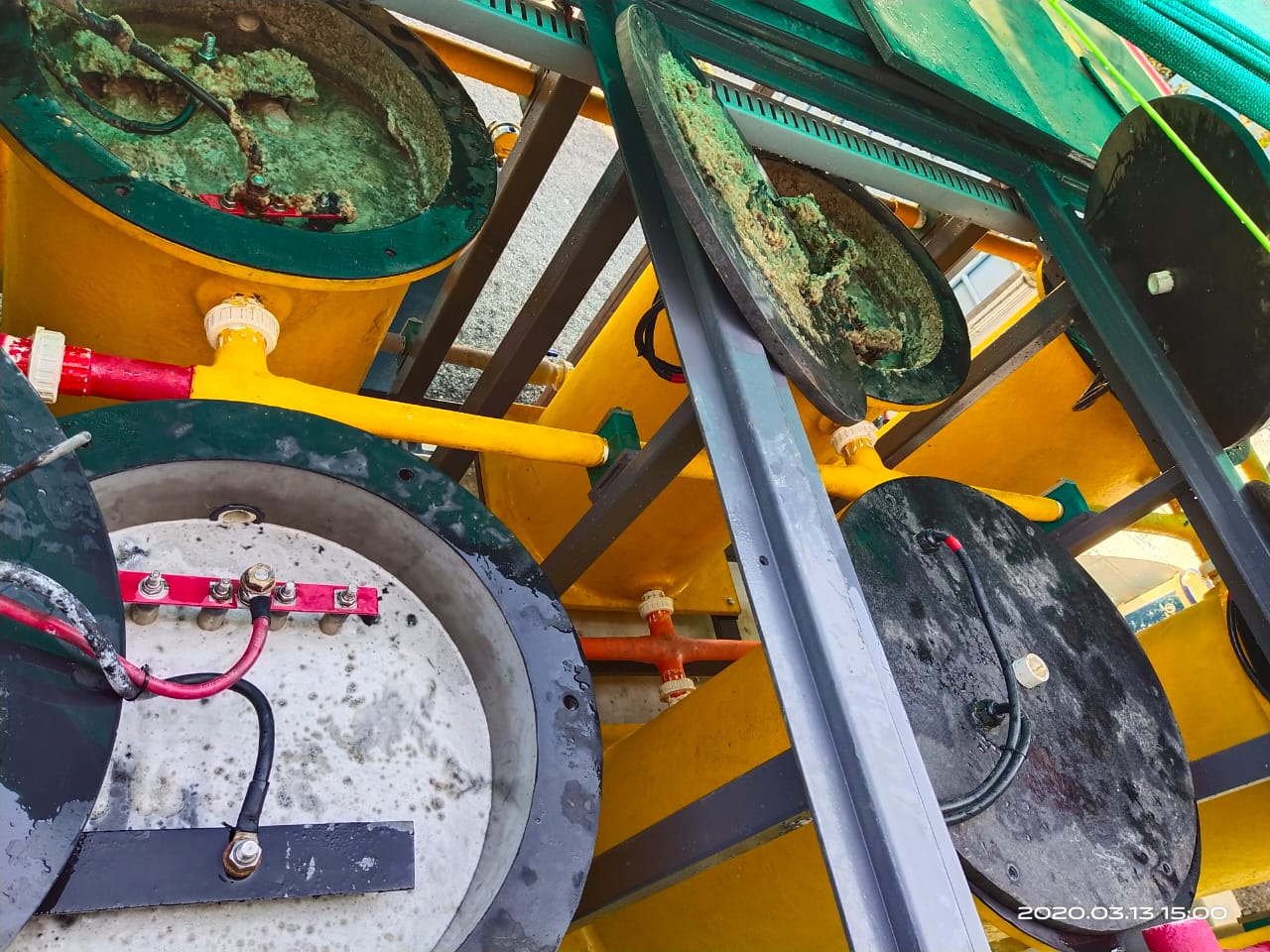
June 6, 2020 19:12 by
 admin
admin
TIAANO’s WASTE WATER TREATMENT BY USING
ELECTRO COAGULATION/OXIDATION
Tiaano’s Electrocoagulation Reactor (ECR) having electrodes, that are arranged in pairs of two anodes and cathodes. Using the principle of electrochemistry, the cathode is oxidized (loses electrons), while the water is reduced (gains electrons), thereby making the wastewater better treated. When the cathode electrode makes contact with the wastewater, the metal is emitted into the apparatus.
When this happens, the particulates are neutralized by the formation of hydroxide complexes for the purpose of forming agglomerates. These agglomerates begin to form at the bottom of the tank and can be siphen out through filtration. However, when one considers an electro coagulation-flotation apparatus, the particulates would instead float to the top of the tank by means of formed hydrogen bubbles that are created from the anode. The floated particulates can be skimmed from the top of the tank.
To consider how effective the ECF reactor can be, one must consider the following inputs or variableswastewater type, pH, current density, type of metal electrodes (aluminum, steel, iron), number of electrodes, size of electrodes, and configuration of metals. These variables would affect the overall treatment time, kinetics, and also the removal efficiency measured.
Further the attached image is self-explanatory about the Electro Coagulation.
